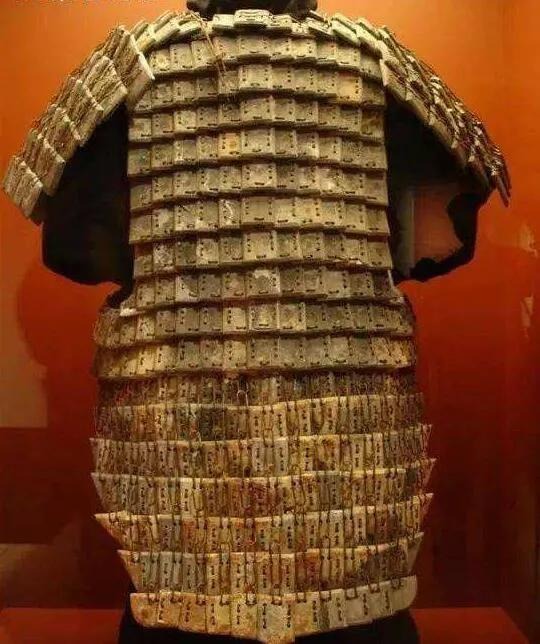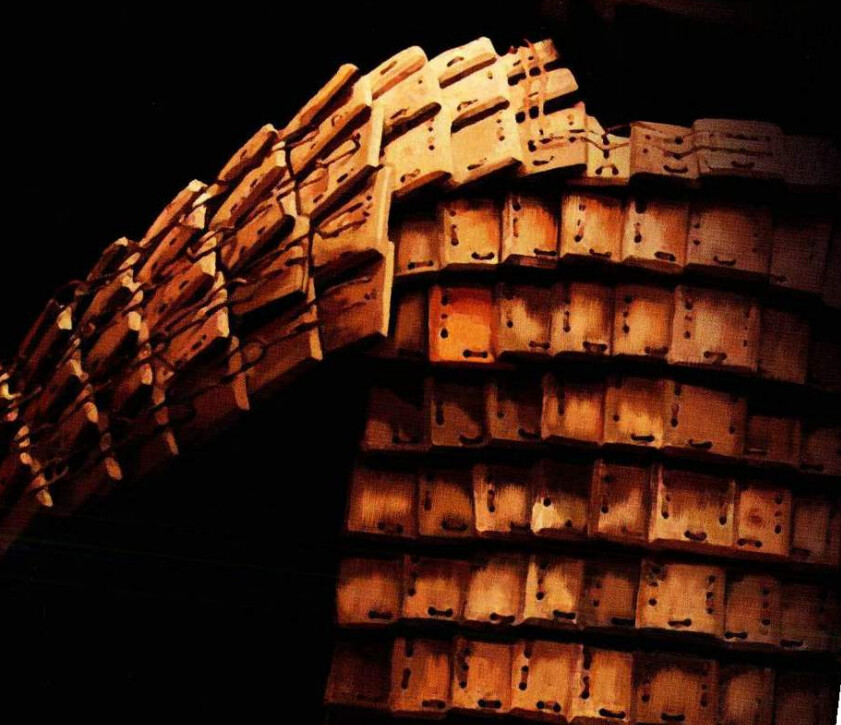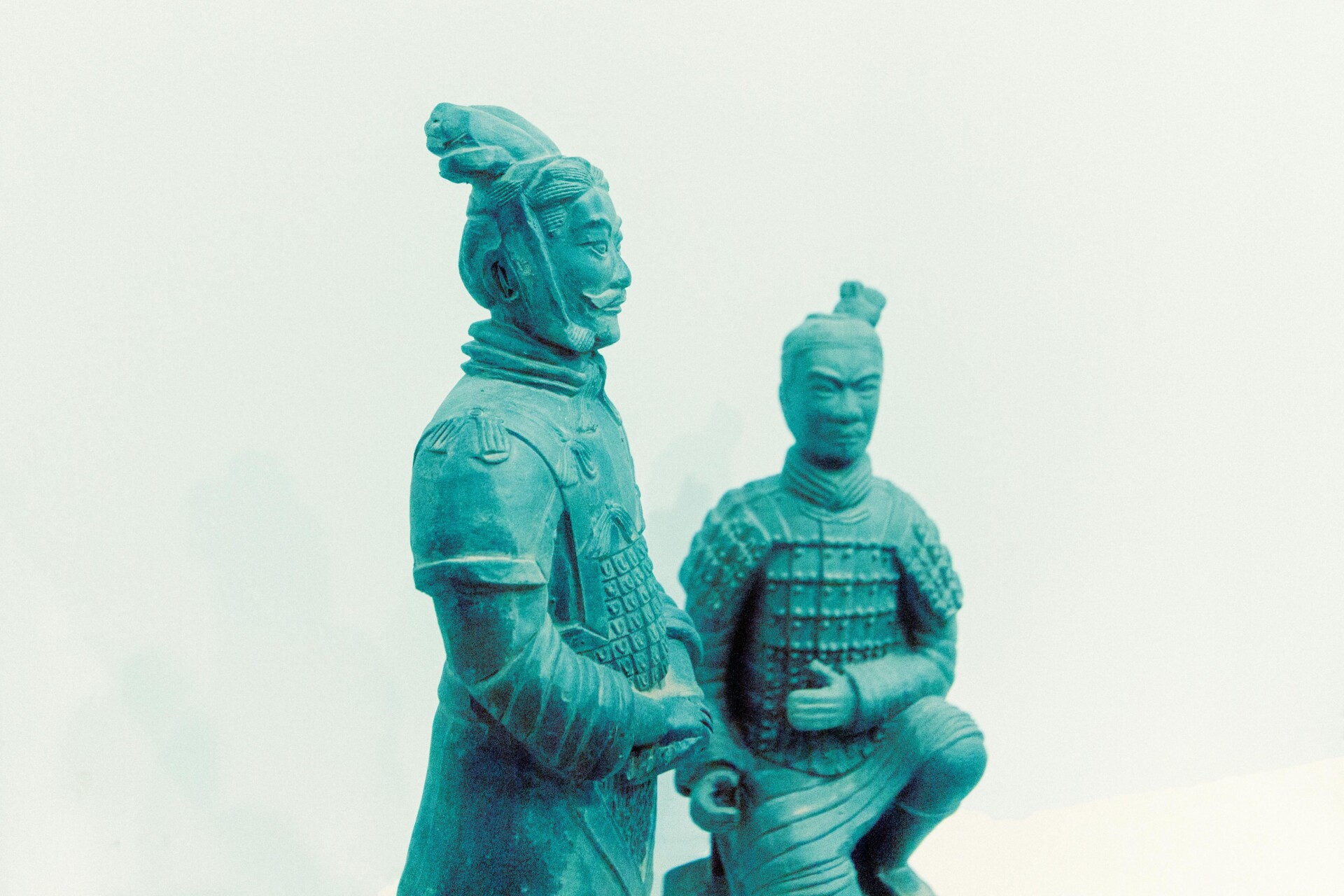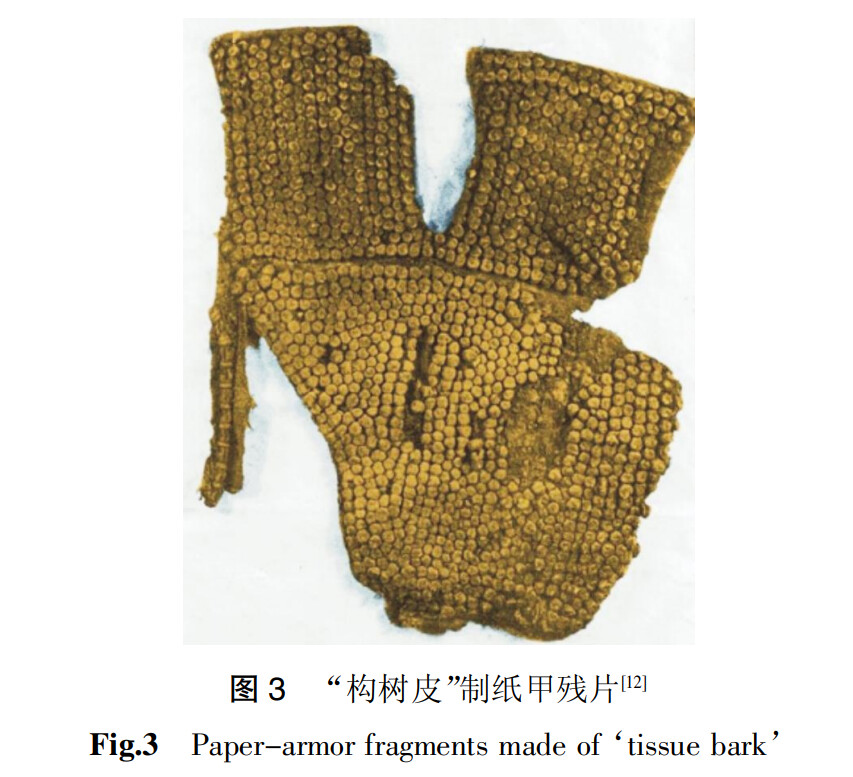After much anticipation, we are delighted to publish the second chapter of guest writer Jake Ganor’s spectacular series Ancient Composite Armor.
Armor made from paper may seem improbable, yet it was a practical and effective defense in ancient China. This article explores the history, materials, and methods behind paper armor, uncovering how this lightweight, yet durable innovation, served as a critical defense in times of conflict.
In a previous article, we quickly reviewed the fiber composite, and contemplated whether the linen breastplates of the Ancient Greeks were multi-ply glued constructions similar to modern composite materials. Though it appears doubtful in that case, an entirely different type of fiber-based armor – paper armor – was in use in Ancient China, and there are strong indications that this might indeed have been a fiber-resin composite of sorts.
The first recorded mention of paper armor comes from the Northern Wei dynasty, in 501 AD, when an army besieged within a walled town turned the books within that fortress-town into armor scales for ad hoc armor plates. They were nevertheless defeated.

A later and unambiguous account comes from the mid 9th century, during the reign of Emperor Yizong of Tang. Imperial official Xu Shang was appointed military governor of Hezhong – a southwestern border province – and in one of his first acts assembled a standing army of a thousand soldiers to defend against the Göktürks (Tujue) who had not yet submitted to imperial rule. That one thousand man army was outfitted in “armor made from folded paper.”
Paper armor turns up fairly frequently in later accounts. It was used by the military – who called it “white armor,” and who had by the 13th century set up dedicated manufacturing and inspection facilities for its production – and it was also the armor of choice for bandits, pirates, and peasants in rebellion, likely on account of its lower cost in comparison with metal and leather armor.
We know a lot more about paper armor than we know about Ancient Greek linen breastplates. Old texts, modern research, and the examination of preserved samples suggest that there were two basic raw material types, and three distinct production methods.
Raw materials for paper armor
Something mentioned very frequently in primary sources is that old books and scrap paper were used – recycled – to manufacture paper armor. In the Sushui Jiwen of Sima Guang, which was a history of political marginalia covering the period from 960 to 1070 AD, there is a note:
“On the day of Wuzi in April, the Shaanxi Regional Transport Office submitted a memorial stating: ‘We request that the states and military forces in Huainan, Jiangnan, and Zhejiang be ordered to produce 32,000 sets of paper armor for the archers defending the city walls in this region.’ The imperial decree authorized the military forces in each region to manufacture the armor using old account books as material.”
(Sushui Jiwen Volume 12, Part 42.)
Similarly, at around the same period, Li Tao of the Xu Zizhi Tongjian Changbian notes that:
“When I previously served as the sub-prefect of Jiangning, I used old account books to create paper armor.”
(Xu Zizhi Tongjian Changbian Volume 132, Part 34.)
And not always useless old account books! In The New Collection of Letters from the Lai Gu Hall and The Writings from Liyuan (賴古堂尺牘新鈔宏緒與櫟園書), it is written:
“In the year of Yiyou, I retreated to a hermitage in the mountains, carrying with me tens of thousands of books from my collection. When the cavalry arrived, they dragooned themselves in my humble abode, and everything – from river stones to grains, threads, and fibers – was entirely consumed. The books from my collection were all cut, torn apart, and shredded, and thousands were used to make paper armor, stained with coal smudges and red marks. The remains were used as pillows. Tens of thousands of books, in one day, were reduced to this. Among my life’s work was A Compilation of Ming Literature, which took me thirty years of searching throughout the north and south to gather, capturing nearly all poems and essays into my net. Now, that too has been swept away by the current.”
In times of war, paper armor was doubtless more useful than a compilation of poetry and essays, yet one must understand the author’s keenly-felt frustration.

There are also various accounts of paper armor’s production from new material. In particular, from the bark of the paper mulberry tree, broussonetia papyrifera. Among other accounts, a famous history of the Yuan dynasty records that:
On the day of Yiyou, a paper armor bureau was set up, and strict prohibitions were issued against livestock damaging crops and mulberry trees.
(History of Yuan Volume 7, Part 3.)
In addition to the accounts, there are existing pieces of paper armor made from the fresh bark paper of that tree. In fact, it seems that there are more existing pieces of paper armor made from bark paper than made from scrap.
Methods of Production
In “composition and creation idea analysis of Paper Armor in ancient China” by Jiao and Zha, the authors review three methods for the production of paper armor.
The first method was much like making papier mache – and thus perfectly analogous to a modern composite. Paper sheets were laid up on a mold, they were filled or hybridized with light padding or scraps of cotton and waste silk between paper layers, they were all glued together with an adhesive or lacquer, then they were hammered, pierced at their corners, and stitched together into a scalar garment. It is immaterial whether the paper is from an old book of poetry or the fresh bark of b.papyrifera, the method is the same either way.
The second method did away with the adhesive, and instead employed an envelope: First, paper was wrapped tightly in fabric, then it was hammered, pierced, and stitched together into an essentially identical form of scalar coat.
In both cases, the thickness of those paper armor scales varied substantially – from roughly 0.3″ on the low end to, in some instances, as much as 3″. In most cases, paper armor seems to have been around 1.3″ (33cm, or 1 寸) in thickness. It’s interesting that modern UHMWPE plates also cluster around that same thickness.
The third production method is entirely different, but in some respects reminiscent of the notion that the Greek produced linothorax via twining. It involves taking paper derived from broussonetia papyrifera bark, twisting it into ropes of about 0.25″ to 0.3″ in thickness, then tying the ropes into knots with a diameter of about one inch. Knotted cords are then sewn into a fabric garment. This arrangement would have produced a reasonable defense against slashes and blunt impact weapons, but it’s rather easy to see how an arrow or spearhead might slip between the knots and penetrate the light fabric base layer, without significant loss of energy.
Though the efficacy of that knotted-cord armor is an open question, scalar paper armor seems to have been very useful, and it was popular for a long time: First recorded in the 6th century, it was in regular use until roughly the 17th. Like modern UHMWPE armor, it was appreciated for its lightweight nature, its efficacy against certain types of ranged weapon, and its low relative cost and complexity.
But just as the notion that the Greeks laminated their linen breastplates with glue, the notion that paper armor scales were laminated with resin, in a manner similar to the modern fiber composite, is very doubtful. The “first method” of production might be a modern invention. For, though it’s known that lacquers and resins were used in the construction of paper armor, it appears likely to have been a surface finish that had nothing to do with performance in combat.
There are a few reasons for this: First, it’s practically impossible that soldiers besieged in a fortress, or dragooning themselves in a sage’s mountain hermitage, would be able to come up with enough resin to make hundreds of composite paper armor sets. Folding and wrapping requires far less in the way of raw materials.
More importantly: In tests which were admittedly rather ad hoc, paper armor reconstructions of folded and resin-laminate construction were tested against arrows. The folded paper armor was clearly superior. And that’s with modern resins, clearly superior to anything available in the distant past.
These, and additional considerations, will be covered in depth as this series continues.








